Journal list menu
Export Citations
Download PDFs
Featured Paper
Original Articles
Plant traits – a tool for restoration?
- Pages: 449-458
- First Published: 29 March 2012
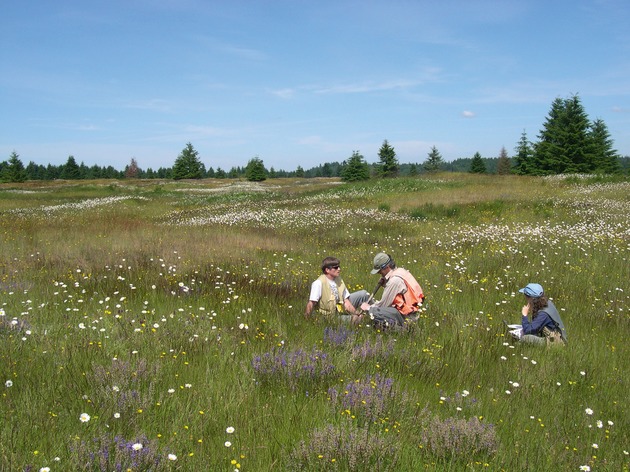
To overcome the lack of generality of species-specific results typical in restoration studies, we used plant traits in statistical models of vegetation response to treatments in ten prairie sites. These trait models explained responses nearly as well as taxonomic-identity models, with less model complexity. These results support the feasibility of using plant traits to generalize vegetation responses to restoration treatments.
Original Articles
Effect of sheep and horse grazing on species and functional composition of sub-Mediterranean grasslands
- Pages: 459-469
- First Published: 29 March 2012
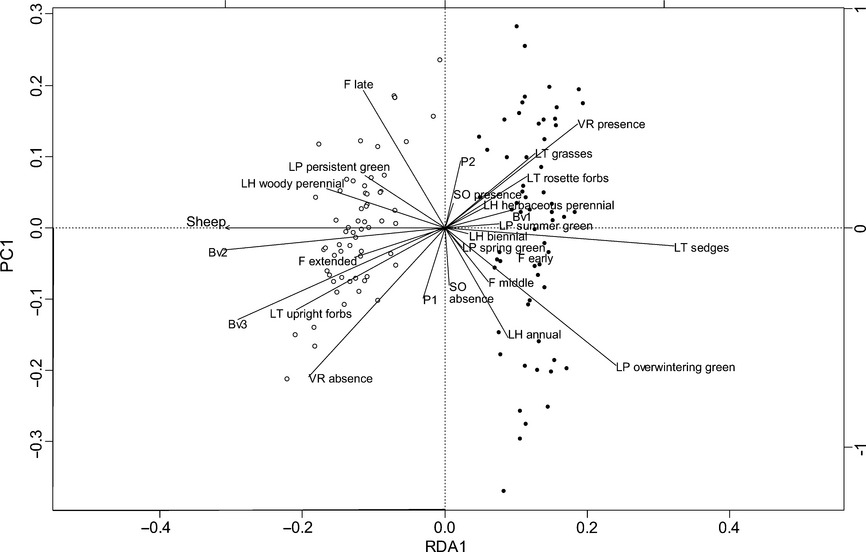
Grasslands dominated by Bromus erectus grazed by either sheep or horses in the Umbria-Marches Apennines (central Italy) were examined. In terms of biodiversity conservation, horse grazing may be as useful as sheep grazing, but only if managed at optimal stocking rates, because the increase of short grasses and annuals does not ensure maintenance of soil on steep slopes.
Drought-mediated stem and below-ground bud dynamics in restored grasslands
- Pages: 470-478
- First Published: 16 April 2012
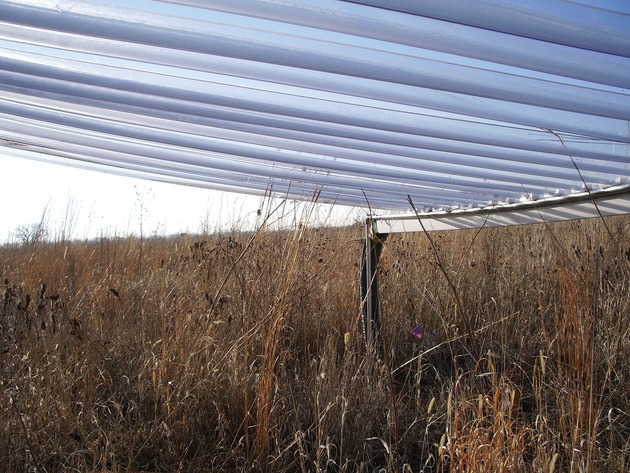
Remnant grassland losses and increasing grassland restoration activities highlight the importance of restored grasslands. Here, aboveground stem and belowground bud densities in young (4 yr-old) restorations were reduced by drought, and drought response differed among functional groups. This research provides insights into how projected increases in drought frequency might affect establishment trajectories in restoration projects.
Effects of leaf-cutting ant refuse on native plant performance under two levels of grazing intensity in the Monte Desert of Argentina
- Pages: 479-487
- First Published: 20 February 2012
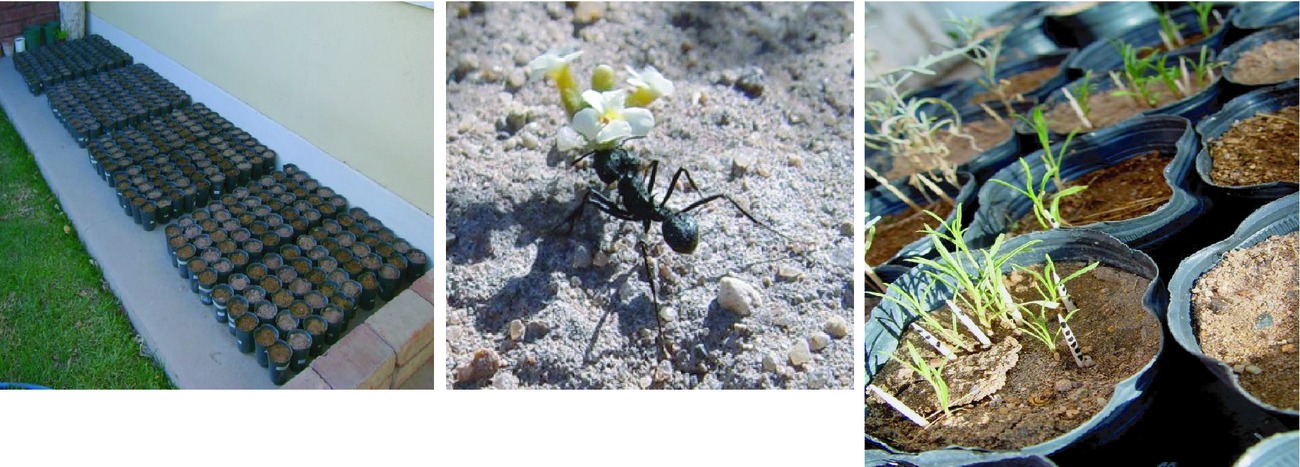
We studied whether refuse dumps (RD) from leaf-cutting ants can enhance germination and growth of native plant species from Monte Desert and analyzed the influence of heavy grazing on this practice. RD increased germination and vigor of seedlings from smaller seeds (i.e. from the highly grazed paddock). RD is especially good to restore vegetation cover in arid regions with heavy grazing.
Relationships between fire history, edaphic factors and woody vegetation structure and composition in a semi-arid savanna landscape (Niger, West Africa)
- Pages: 488-500
- First Published: 17 February 2012
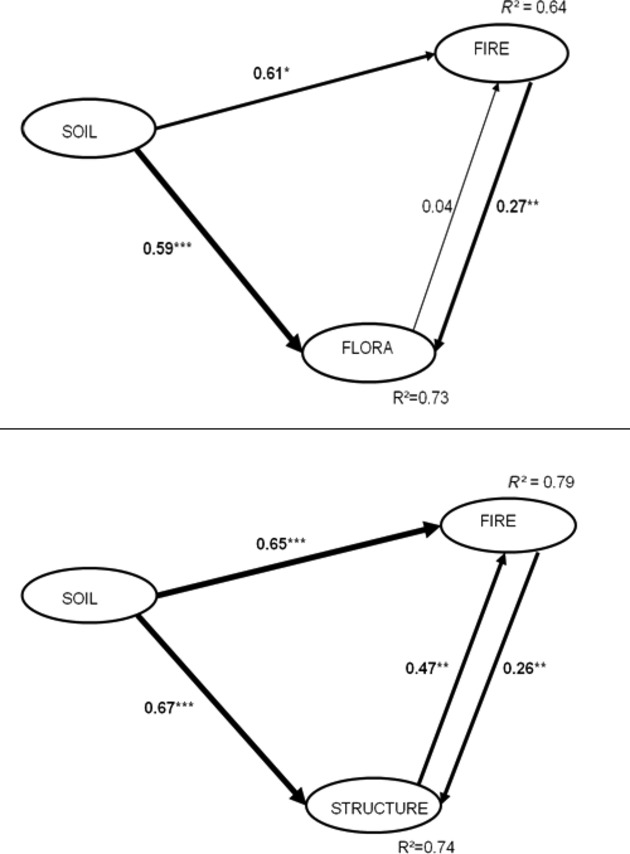
Untangling cause-and-effect relationships between fire, soil and savanna vegetation dynamics requires combining scales and disciplines. Here we propose a regional approach in the semi-arid transboundary W Regional Park in Niger, using MODIS derived fire regime maps and an extensive field data set, and evidence a strong apparent sensitivity of the fire regime to substratum and vegetation structure characteristics.
The influence of trees on nutrients, water, light availability and understorey vegetation in an arid environment
- Pages: 501-512
- First Published: 09 May 2012
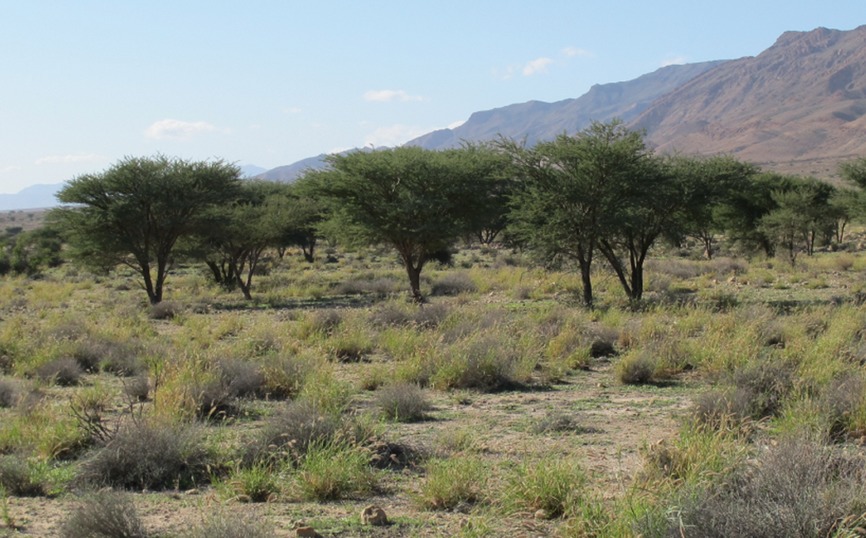
In this paper we study how Acacia trees influence understory vegetation in an arid Mediterranean environment. Our results showed that the facilitative effect of Acacia tortilis subsp. raddiana on herbaceous vegetation is mediated by a significant amelioration of soil fertility, water availability and microclimatic conditions. Facilitation increased with higher abiotic stress and decreased with intensification of pasture.
Plant community dynamics of a tropical semi-arid system following experimental removals of an exotic grass
- Pages: 513-524
- First Published: 10 April 2012
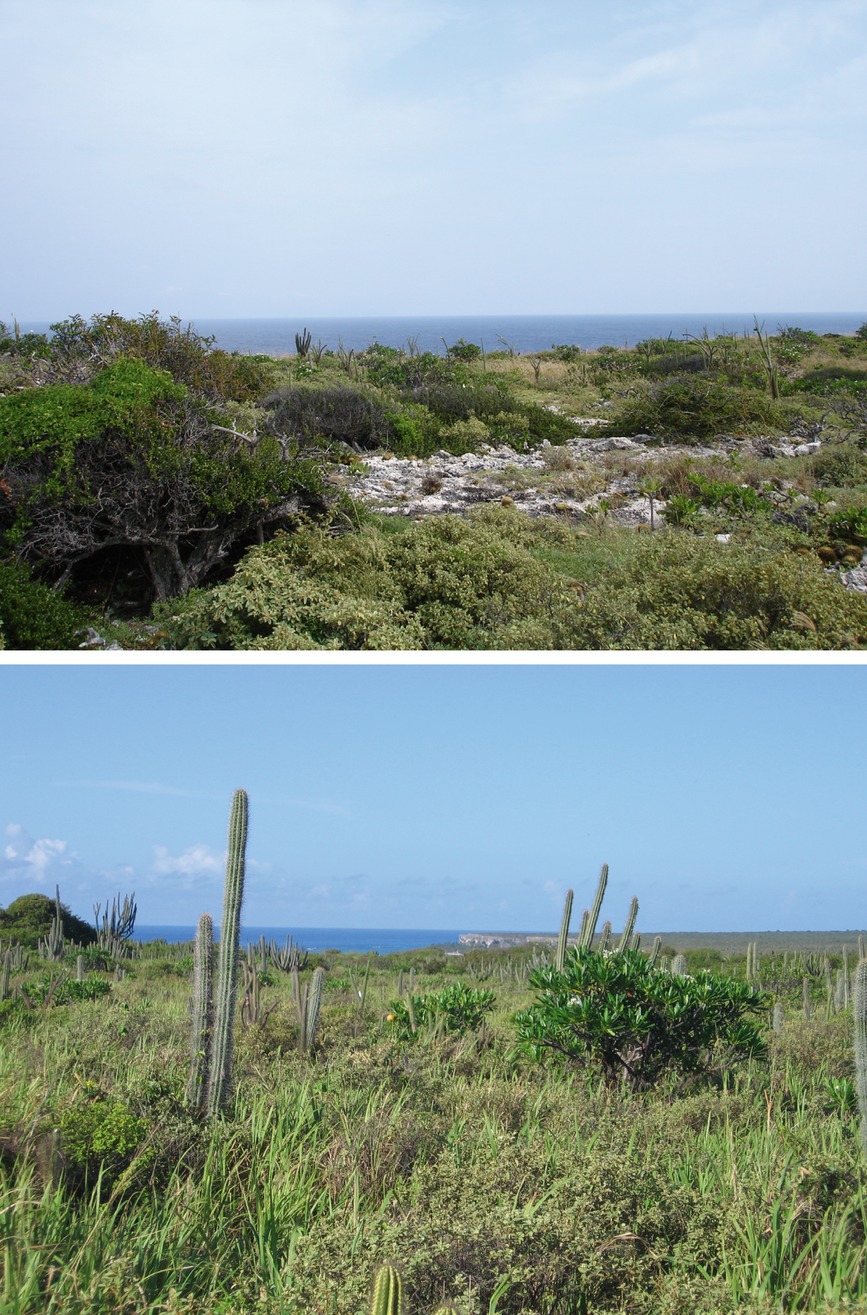
This paper describes the dynamics of a semiarid plant community following experimental removals of an exotic grass. We detect that natural regeneration following grass removal does not necessarily lead to plant communities that are more similar to natural non-invaded sites. Restoring invaded areas would require strategies that combine grass management with activities that facilitate the establishment of native plant species.
Patterns of exotic plants in relation to anthropogenic edges within urban forest remnants
- Pages: 525-535
- First Published: 03 April 2012
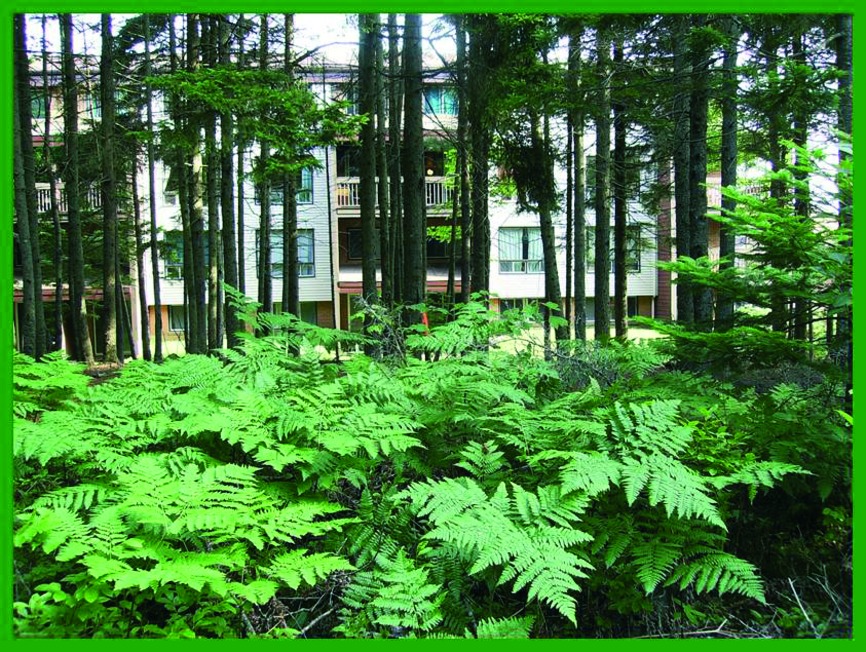
The study complements a gap in the knowledge concerning patterns of exotic plants in urban forest fragments of North America. Edge influence on vegetation in urban parks extended to 50 m from forest boundaries and to 3 m from interior trails. Exotic plants were more abundant in proximity to multiple edges providing evidence of edge interaction.
Mapping invasive woody species in coastal dunes in the Netherlands: a remote sensing approach using LIDAR and high-resolution aerial photographs
- Pages: 536-547
- First Published: 10 April 2012

To map invasive alien shrub species in dune ecosystems we developed three classification methods based on remote sensing. The object-based classification, using multispectral aerial photographs and vegetation structure indices derived from LIDAR, gave the best classification accuracy. A shrub map on single species level, useful for the management of alien and invasive species, was created for Vlieland, the Netherlands.
Featured Paper
Original Articles
Identifying tropical Ecuadorian Andean trees from inter-crown pixel distributions in hyperspatial aerial imagery
- Pages: 548-559
- First Published: 29 March 2012

Identifying individual tree species from high resolution aerial imagery remains a major challenge in species-rich tropical forests. Using a digital camera mounted to a remote controlled helicopter we collected high resolution imagery of forest canopies in the Ecuadorian Andes to investigate whether inter-crown pixel information could be used to identify individual trees to their taxonomic groupings.
Original Articles
Mapping vegetation communities across home ranges of mountain goats in the North Cascades for conservation and management
- Pages: 560-570
- First Published: 16 March 2012

We surveyed previously undocumented mountain goat home ranges to identify the composition of vegetation communities found therein. We provide estimates of species type and abundance of each community and linked the field work to remotely sensed data (LandSat 5 TM) for predictive modelling of community distribution across the entire Cascade Mountain Range in Washington, USA.
The β-diversity of arable weed communities on organic and conventional cereal farms in two contrasting regions
- Pages: 571-579
- First Published: 05 March 2012
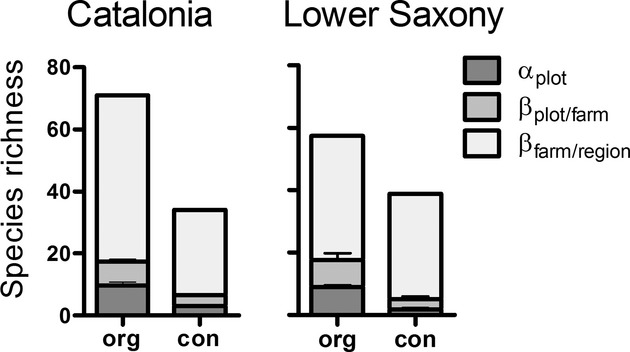
Despite substantial differences in plant species composition, arable weed communities in Mediterranean (Catalonia) and temperate (Germany) agroecosystems displayed very similar patterns in additive diversity components. Heterogeneity in community composition among organic farms (β-diversity) accounts for the majority of arable weed species diversity.
Estimation of herbaceous biomass from species composition and cover
- Pages: 580-589
- First Published: 20 March 2012
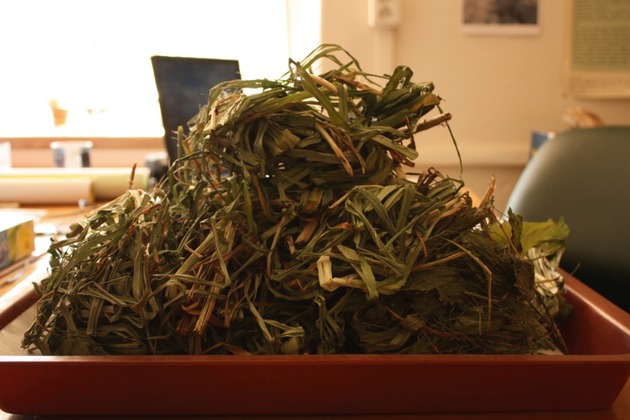
Biomass is an important ecological property, but its measuring is destructive and time-consuming. Here we propose and test indirect estimation of herbaceous biomass using models based on easily obtainable variables, namely plant heights and covers. The models were successfully tested on four independent data sets and in most cases performed better than the Ellenberg indicator values.
Vegetation Survey
Oak woodland vegetation of Turkey – a first overview based on multivariate statistics
- Pages: 590-608
- First Published: 26 March 2012

The main gradients in compositional diversity of oak woodland vegetation in Turkey run from the xerophytic evergreen woodlands near the Mediterranean Sea coast to the mesophytic deciduous forests near the Black Sea coast and to the continental open (semi-)deciduous (south-)east Anatolian woodlands and shrublands. These compositional gradients are associated with gradients in species traits and macroclimate.






